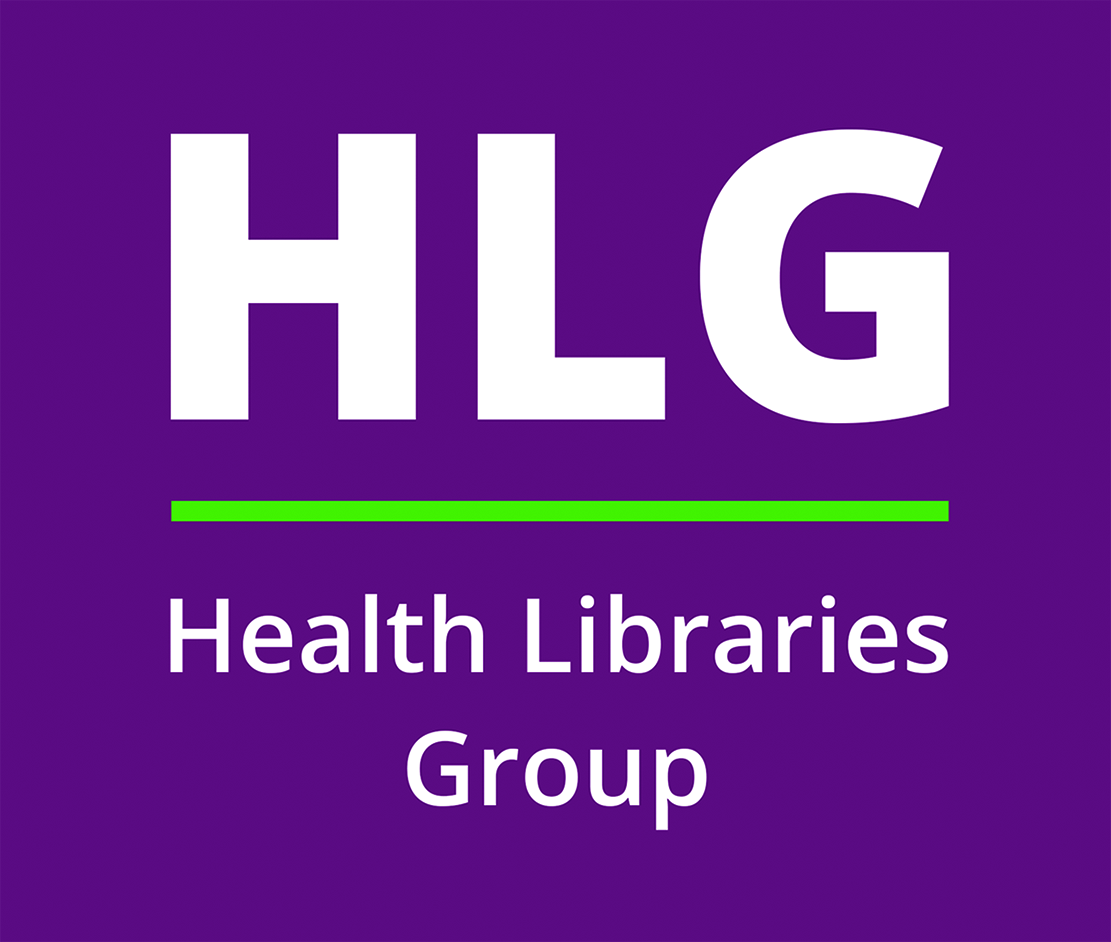Guidance on Titles
Guidance on Titles
The main principles are that the title should be:
- Informative
- Concise
- Where appropriate, put in the research design – this can be put in as a sub-title if necessary
- Think about the keywords used in the title – make information retrieval easier. For more information about writing for search engine optimization, see the Wiley resource here.
Remember that the title may be read together with the abstract, and the key messages, so these elements should all complement each other. Some overlap between the title and the abstract is inevitable.
Please see Maria J Grant’s HILJ editorial on “What makes a good title” for more tips.
For review articles, please ensure that the review type is included in the title (see Grant and Booth’s ‘A typology of reviews’ for further guidance on review types). The review type should appear at the end of the title in the format of the following examples:
- Impact of pharmacy medicine information service advice on clinician and patient outcomes: an overview
- Demonstrating the financial impact of clinical libraries: a systematic review
The following examples (taken from HILJ, with permission of the authors) show how the principles are applied.
| Original version | Preferred version | Notes |
| Key messages are essential tools in communicating your topic | Key messages aid communication | The original is informative, but the preferred version is more concise. |
| Planning changes to health library services on the basis of impact assessment | Impact assessment informed planning of health library services | The preferred version is more informative in fewer words. |
| Evidence-based information-seeking skills of junior doctors entering the workforce: an evaluation of the impact of information literacy training during pre-clinical years | Information literacy training during pre-clinical years requires consolidation for retention of critical appraisal skills | The preferred version gives the headline message, and uses the term critical appraisal which is probably a more common term than “evidence based information seeking”. |
| The information needs and information seeking behaviour of family doctors | Mixed methods evaluation of the information needs and information behaviour of family doctors | Preferred version includes details about the research method. |
| If you cannot beat them, join them! Using Health 2.0 and popular Internet applications to improve information literacy | Information literacy programmes should include social media and other Web 2.0 technologies | Web 2.0 is likely to be the search term used – or social media. |
Last Updated: 20 January 2021




